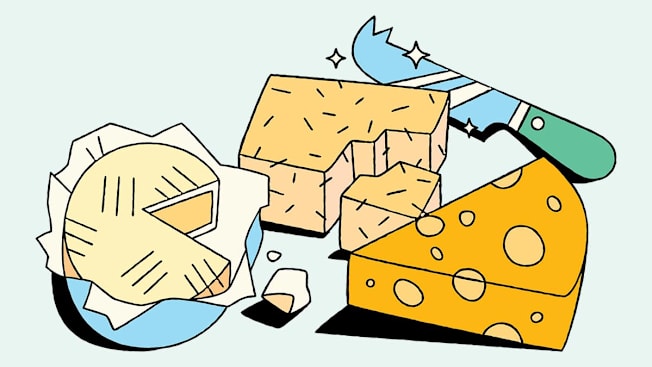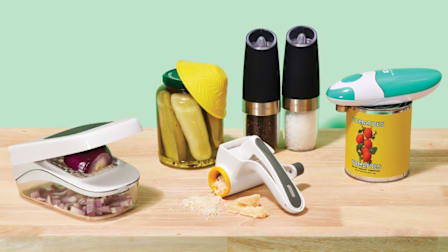What's the Best Way to Keep Cheese From Getting Moldy?
The right storage is the key to keeping cheese fresher longer

Hard cheese like cheddar and Parmesan last the longest (about three to four weeks after opening) because of their lower moisture content, making them less susceptible to spoilage. Soft cheese like Brie or ricotta spoils faster and should be consumed within one to two weeks once opened.
Editor’s Note: This article also appeared in the January/February 2025 issue of Consumer Reports magazine.




















